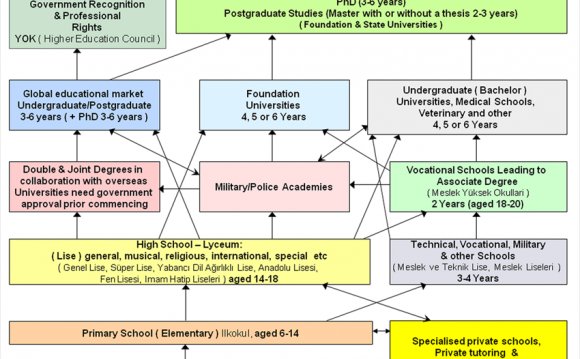
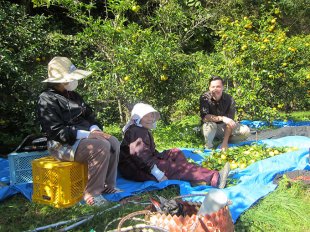 On a bright sharp early morning, we made my solution to a roadside farmer's market outside Kochi town. Weekly, the restaurant on second-floor of this market opens up its home to groups of elderly women to enable them to prepare local home prepared dishes for results of hungry clients. Once I arrived at 8 a.m., your kitchen had been bustling with activity. Around, every inch of room was absorbed by containers or septuagenarians. The odor of dashi broth and soy sauce floated floating around once the noises of chatter and also the banging of pans resonated when you look at the sterile workplace. Without doubt, they put me to work slicing bamboo propels, blending crumbled tofu, and frying vegetables in tempura batter. Even while, the gray-haired chefs, the repository of old-fashioned cooking knowledge, requested us to try their particular meals to make sure it tasted "right."
On a bright sharp early morning, we made my solution to a roadside farmer's market outside Kochi town. Weekly, the restaurant on second-floor of this market opens up its home to groups of elderly women to enable them to prepare local home prepared dishes for results of hungry clients. Once I arrived at 8 a.m., your kitchen had been bustling with activity. Around, every inch of room was absorbed by containers or septuagenarians. The odor of dashi broth and soy sauce floated floating around once the noises of chatter and also the banging of pans resonated when you look at the sterile workplace. Without doubt, they put me to work slicing bamboo propels, blending crumbled tofu, and frying vegetables in tempura batter. Even while, the gray-haired chefs, the repository of old-fashioned cooking knowledge, requested us to try their particular meals to make sure it tasted "right."
Weekly early in the day, a classically trained Japanese cook had confided in myself he was not exactly certain exactly what defined the standard cuisine of Kochi labeled as Tosa ryori. What makes a regional cuisine? Can it be a definite flavor? Is it particular meals, components or methods? Or is it a flexible term that is used to state regional identification and create economic opportunities?
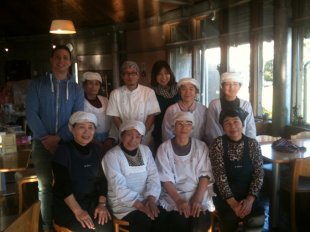 Yuzu selecting in Umaji Village, Aki-gun, Kochi
Yuzu selecting in Umaji Village, Aki-gun, Kochi
Economic imperatives
Being much better understand the culinary tradition of Kochi, it might be helpful to supply some history information. Kochi is the most south prefecture when you look at the area of Shikoku. Although it addresses the biggest location, this has the littlest populace for the island's four prefectures. Kochi is bordered in the north by an array of mountains and also to the south by the Pacific Ocean with a lot of the population focused in the slim seaside plain. These natural boundaries have successfully separated the location causing a unique dialect, religious parties and cuisine. The spot is historically significant throughout Japan and residents just take great pride in previous heroes that have been instrumental in the democratization regarding the nation. By way of example, Sakamoto Ryoma whom assisted overthrow 2 hundred and sixty years of military rule is a ubiquitous figure in Kochi culture. These days, sake brands and standard confections named following the guy contend with contemporary dishes just like the "Ryoma burger" for a bit of the emblematic figure.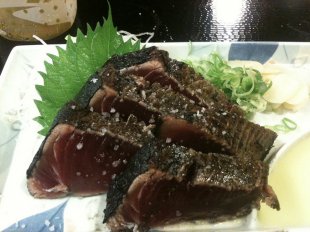 The economic climate for the region, heavily depending on fishing and agriculture, is intrinsically associated with its food. Unsurprisingly, the fish and shellfish and veggies for the area tend to be purported to-be among the best in Japan.
The economic climate for the region, heavily depending on fishing and agriculture, is intrinsically associated with its food. Unsurprisingly, the fish and shellfish and veggies for the area tend to be purported to-be among the best in Japan.
Aided by the 2nd least expensive per capita earnings in Japan and few companies besides agriculture, Kochi food plays a central role in the economy for the region. Within framework, Tosa ryori, the cuisine involving practices and also the last, serves the two fold function of attracting tourists and marketing meals exports from the area. The picture associated with conventional village known as furusato was very long regularly advertise the notion of the rural town since the repository of real Japan and, therefore, figuratively also financially, offer this picture towards the remaining portion of the nation. In short, the prefecture does a it may using limited money at their personality. Local government and business associations in addition play an energetic role in exploiting this cultural resource by marketing the cuisine and services and products of area to be able to rejuvenate its dwindling economy.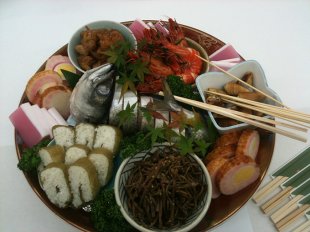 Recently, Kochi officials decided to promote the consumption of wild online game cuisine christened, gibier ryori. The concept was to retain in check out the boar and deer populations that have been raising havoc in the rice fields, while stimulating the economies of outlying mountains villages. This objective will be implemented through the marketing regarding the food in meals occasions in conjunction with financial incentives for every single pet culled.
Recently, Kochi officials decided to promote the consumption of wild online game cuisine christened, gibier ryori. The concept was to retain in check out the boar and deer populations that have been raising havoc in the rice fields, while stimulating the economies of outlying mountains villages. This objective will be implemented through the marketing regarding the food in meals occasions in conjunction with financial incentives for every single pet culled.
As seen, inside Japanese framework the building of regional food is fostered by the allure of financial gain. Merchandizing a person's identification and tradition through cuisine is sold with some disadvantages as identity can clash with financial chance. In negotiating the types of credibility, Kochi residents may have some qualms about having their particular culture put-up available. Its a fine line to walk whenever one attempts to negotiate credibility with financial options. A commercialized form of regional food could be sold as a representation of local tradition if it is actually the animal of an industry economy. But the goal of my research is never to debate the credibility of a cuisine, but instead to breakdown the many procedures that form the contemporary phrase of it.
Group offers residence prepared dishes in the farmer's market
Legacies of the past
In the case of Kochi's food, regional identification is a significant player in molding what folks from a region elect to eat and by effect chooses to make use of as a proxy to portray their regional culture. Identification, an interest thoroughly discussed in social anthropology, is fostered through a complex dynamic that in the case of food heavily utilizes group belonging and physical thoughts. Kochi residents identify with local cuisine in order to be element of a bigger thought neighborhood that exists through resistance with outsiders. Residents additionally identify with meals as a result of particular thoughts that are involving specific meals or flavors endemic on local culture. Whenever homesick, Kochi transplants staying in the capital can encounter a taste of the indigenous house in "antenna stores" that sell areas of the area. Thus, nostalgia for one's village or one's family members comes alive in meals one remembers.
RELATED VIDEO




 Koç University is a private university in Istanbul, Turkey. It started education in temporary buildings in 1993 and moved to its current campus which is 30 km north of the city centre, near Sarıyer in 2000. The current campus used to be a forest preserve and it is...
Koç University is a private university in Istanbul, Turkey. It started education in temporary buildings in 1993 and moved to its current campus which is 30 km north of the city centre, near Sarıyer in 2000. The current campus used to be a forest preserve and it is...
 Adana (pronounced [aˈda.na]) is a city in southern Turkey and a major agricultural and commercial center. The city is situated on the Seyhan River, 30 km inland from the Mediterranean Sea, in south-central Anatolia. It is the administrative seat of the Adana...
Adana (pronounced [aˈda.na]) is a city in southern Turkey and a major agricultural and commercial center. The city is situated on the Seyhan River, 30 km inland from the Mediterranean Sea, in south-central Anatolia. It is the administrative seat of the Adana...








